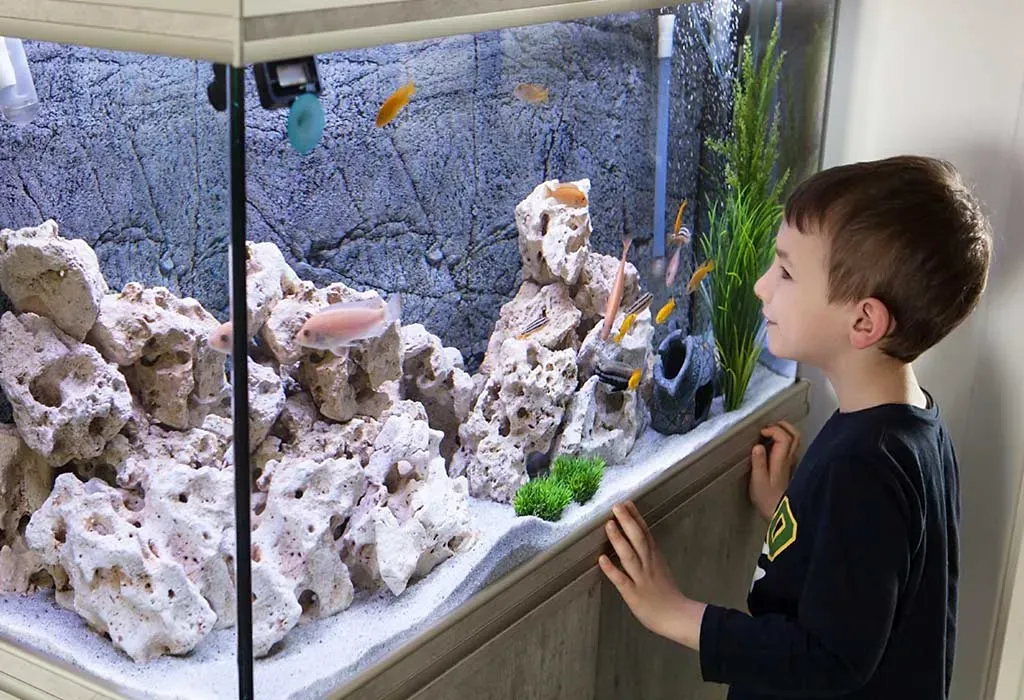Setting up your new Aquarium
Setting up an aquarium can seem daunting, but with the right steps, it’s simpler than you think! This guide walks you through everything from choosing the perfect location and equipment to understanding the crucial nitrogen cycle.

Got the Gear, But Not Sure Where to Start?
Before setting anything up, carefully choose where to place your tank. Make sure the surface is flat, level, and can hold the weight of a fully filled aquarium. Uneven surfaces can stress the glass and lead to cracks, so hard, flat surfaces are a must. For larger tanks, a sturdy cabinet is ideal, while smaller tanks (120 litres or less) can rest on any reinforced, flat-surfaced furniture.
Electrical Setup
Check if there’s a power outlet nearby for your lights, filter, and heater. Fewer visible cords make things safer and tidier—water and electricity don’t mix! Ideally, keep it simple with one power board and outlet.
Essential Equipment Checklist
Below is a checklist of essential aquarium gear. You may have all or just a few items on this list; we’ll dive into each item in detail further down, including top product recommendations.
Equipment Check List
- Aquarium: For beginners, larger tanks offer greater stability. Consider starting with Aqua One aquarium kits, known for their quality and availability across Australia.
- Aquarium Gravel: Opt for gravel that's coarse enough to allow water flow but fine enough to support beneficial bacteria. Aqua One offers a range of suitable substrates. Avoid calcium- or limestone-based substrates to maintain optimal water chemistry.
- Aquarium Filter: Your filter should cycle the tank's volume at least 3-5 times per hour. For smaller tanks, Aqua One hang-on-back filters are reliable and widely used in Australia.
- Replacement Filter Media: Keep spare cartridges on hand, especially during the initial setup phase. Regular replacements ensure clear water and a healthy environment for your fish.
- Heater: Maintaining a stable temperature is crucial, especially for tropical fish. Aqua One heaters are dependable and readily available in Australia. Use a wattage calculator to determine the appropriate size for your tank.
- Aquarium Water Test Kit: Regularly testing your water is essential. The API Freshwater Master Test Kit is a comprehensive option available through Australian retailers.
- Fish Food: A balanced diet keeps fish vibrant and healthy. Hikari and Tetra offer quality fish foods that are popular in Australia.
- Aquarium Vacuum: Regular cleaning reduces waste buildup. An Aqua One Gravel Cleaner is effective and user-friendly.
- Fish Net: Useful for removing debris and safely transferring fish. Aqua One offers a variety of net sizes to suit different needs.
- Aquarium Glass Scrubber: Keep your tank looking pristine with a glass scrubber. Aqua One provides effective cleaning tools for aquarium maintenance.
Cleaning the Gravel
Once you’ve chosen your tank’s location, it’s time to set it up! Start by thoroughly cleaning your gravel. Skipping this step is a common mistake for beginners and can leave your tank cloudy for weeks.
Pour the gravel into a bucket and rinse it with a high-pressure hose. Fill the bucket and stir the gravel vigorously to release dust and debris. Pour out the dirty water, keeping the gravel in the bucket, and repeat the process 4 to 5 times until the water runs clear. Some fine substrates may still cause mild cloudiness, but this will naturally settle over time.
Placing the Substrate
Once cleaned, carefully add the gravel to the bottom of your tank. This avoids scratches on the glass and prevents fine particles from being stirred up. Smoothing the gravel with your hands creates an even base about half an inch thick. Consider slanting the substrate slightly from the back to the front to give the tank a sense of depth.
Filling up the Aquarium
Fill the tank with a hose, or use buckets if it’s a smaller tank or there’s no nearby tap. Once filled, add a water de-chlorinator, which removes harmful chlorine and chloramines that can accumulate. Invest in a high-quality de-chlorinator, as it’s essential for every water change. Seachem Prime, Aqua One Water Conditioner, and API Tap Water Conditioner are popular choices in Australia that ensure your water is safe and fish-friendly.
Choosing the Right Heater & Filter
Selecting the right heater and filter can be a bit tricky, but it’s essential for maintaining a healthy aquarium. Use an online calculator to determine the appropriate filter flow rate (in liters per hour) and heater wattage for your tank size.
Filter Material
Before using your filter, give the filter media a thorough rinse under tap water to remove dust or particles from storage. If your filter includes a carbon packet wrapped in wool, handle it gently to avoid tears. Also, rinse any rocks or ornaments you’ll add to the tank to prevent dust from clouding the water. After cleaning, reassemble the filter. For hang-on-back filters, fill the reservoir to start the flow. Set the flow rate to maximum during the cycling process to help establish beneficial bacteria. For canister filters, ensure baskets are stacked securely, and the lid is tightly closed to prevent leaks.
Heating and Lighting
For stability, two heaters are recommended, but one will suffice in smaller tanks if space is limited. Choose a heater that fits well in the tank, and higher wattage heaters are generally more efficient and durable. Attach the heater to the glass where there’s good water flow but minimal visibility. Set the temperature between 23 and 27°C (74-80°F) for most tropical setups, and an orange indicator light should turn on to show it’s heating.
Lighting
Pick an aquarium light suited to your tank size, and place it on or above the tank. Set a timer to limit light exposure to around 8 hours daily to help control algae growth.
Cycling Your Aquarium
Now, it’s time to “cycle” your tank—a crucial step for building up beneficial bacteria that break down waste, keeping the water safe for fish. Cycling allows de-nitrifying bacteria to establish, which helps convert harmful ammonia into nitrite, then into the less harmful nitrate.
Monitoring the Cycle
Regular testing is essential during and after cycling. A good freshwater test kit, like the API Freshwater Master Test Kit (widely available in Australia), lets you monitor ammonia, nitrite, nitrate, and pH levels. Some aquarium stores also offer water testing for a small fee, but having your own kit is a great long-term investment that can save money and prevent potential disasters.
Why Cycling Matters
The cycling process is key to a safe environment for your fish, as it prevents dangerous spikes in toxins that can harm or kill new tank inhabitants. Cycling properly ensures your aquarium is ready to support healthy aquatic life. Follow the next section in this guide for tips on maintaining your cycle and keeping your fish safe.
@aquatichook Explaining the Nitrogen Cycle, and why its so important. #aquatichook #aquarium ♬ Beautiful Paradise - Aga Alamsyah

